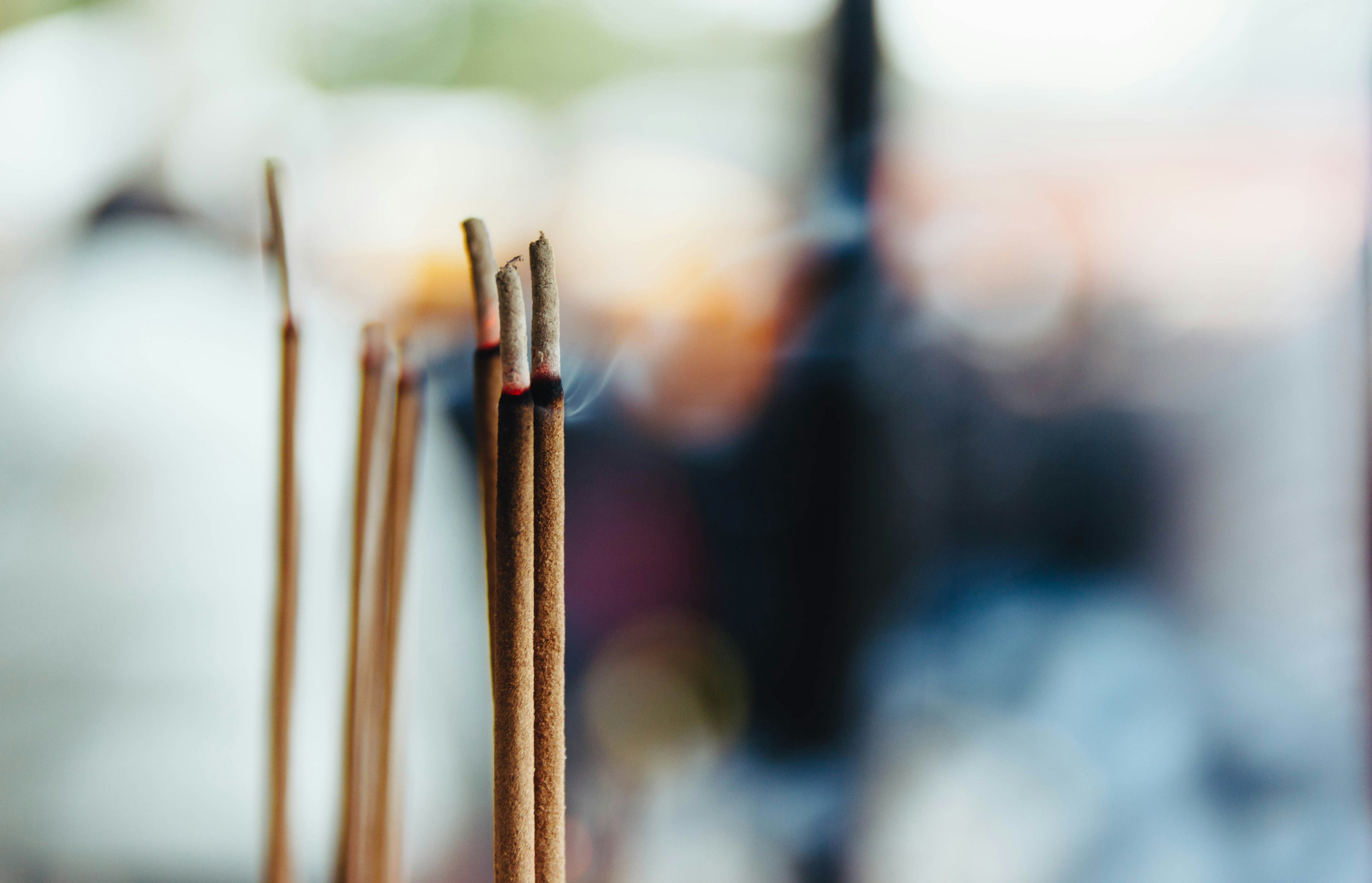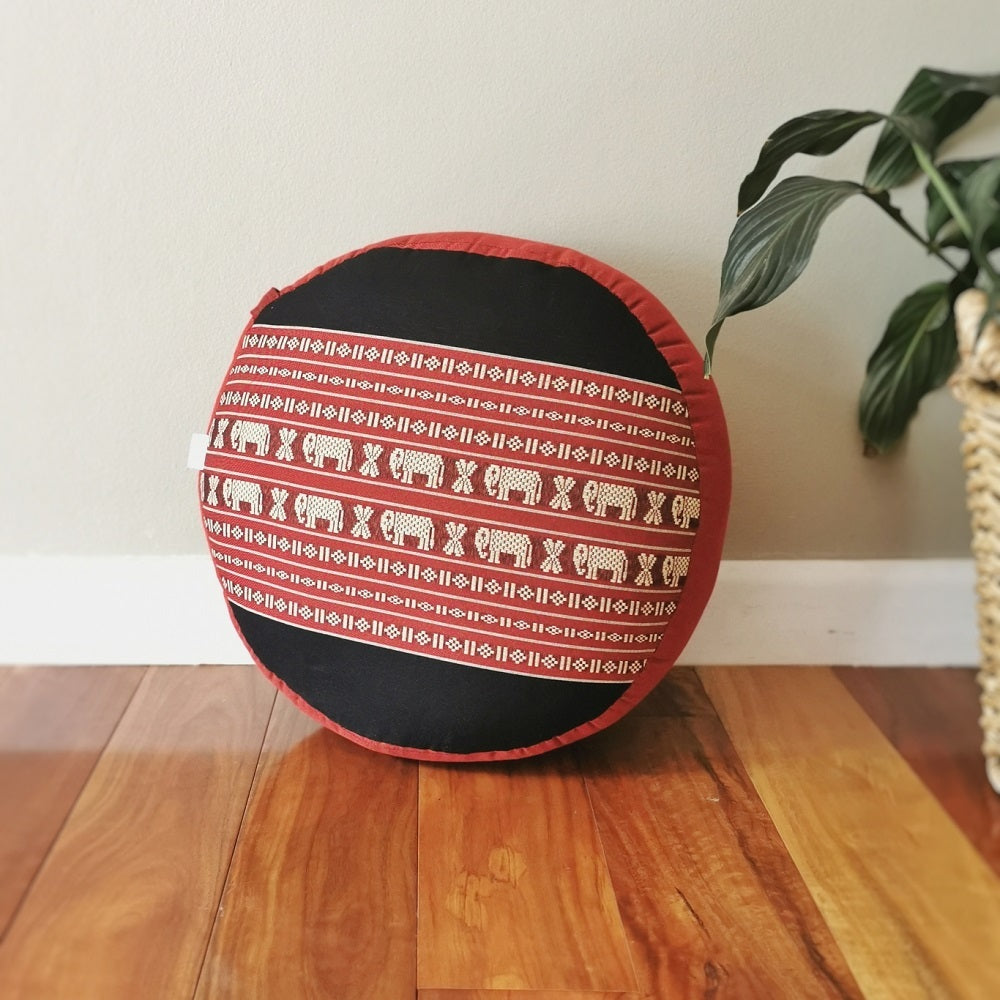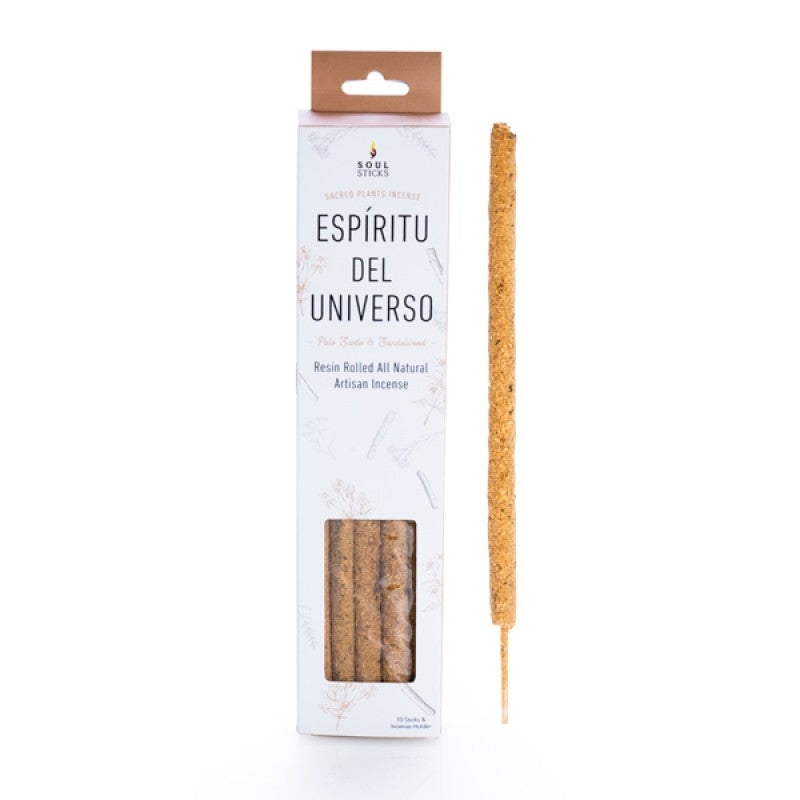Experience the natural cleansing and purifying properties of Palo Santo, a sacred South American wood revered for its spiritual and healing benefits. Our collection features high-quality Palo Santo sticks and incense, carefully selected for their purity and aromatic qualities.
Palo Santo sticks are traditionally used for smudging rituals, a practice that involves burning the wood to cleanse negative energy and create a sacred space. The fragrant smoke is believed to purify the air, promote relaxation, and uplift the spirit.
Our Palo Santo incense offers a convenient and aromatic way to experience the benefits of this sacred wood. Crafted with pure Palo Santo resin, our incense sticks and cones emit a soothing and cleansing aroma, perfect for meditation, relaxation, or spiritual practices.
Explore our collection of Palo Santo sticks and incense and discover the transformative power of this sacred wood.




















